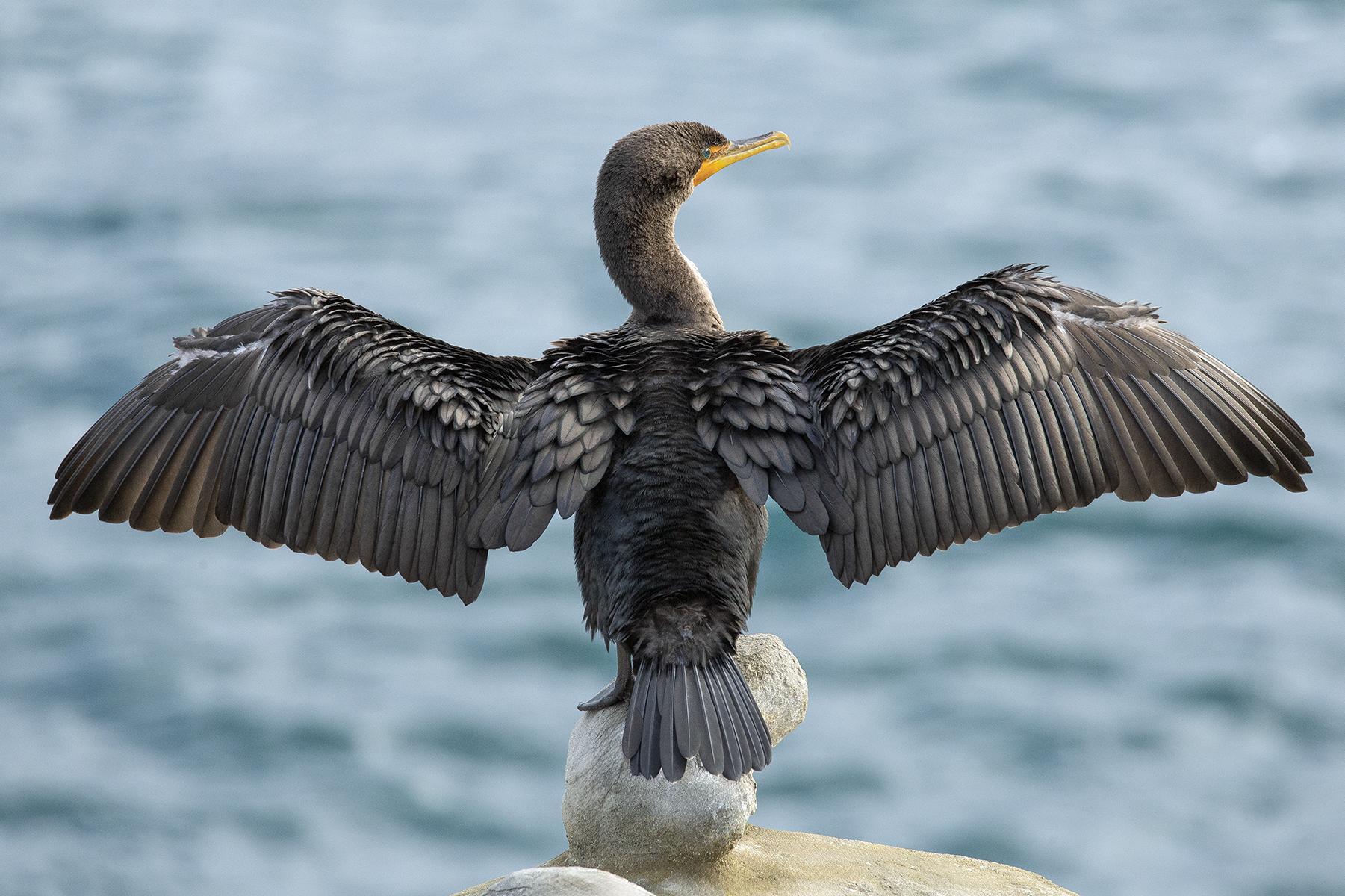
Experiencing Nature Mindfully for the Long-term Sustainability of Our Planet
No matter how big or small, our actions have ripple effects on the world around us. The daily actions we take—how we eat, travel, work, and play—collectively add up to impact our ecosystems—for better or worse. To help create a world where all life truly thrives, becoming mindful about how we experience nature and the possible long-term effects our actions have on our planet is essential. When we do this, we can make a world of difference together.
To start, reflect on how you experience nature. We can each make a big difference when we gain greater awareness and mindfulness of our choices.
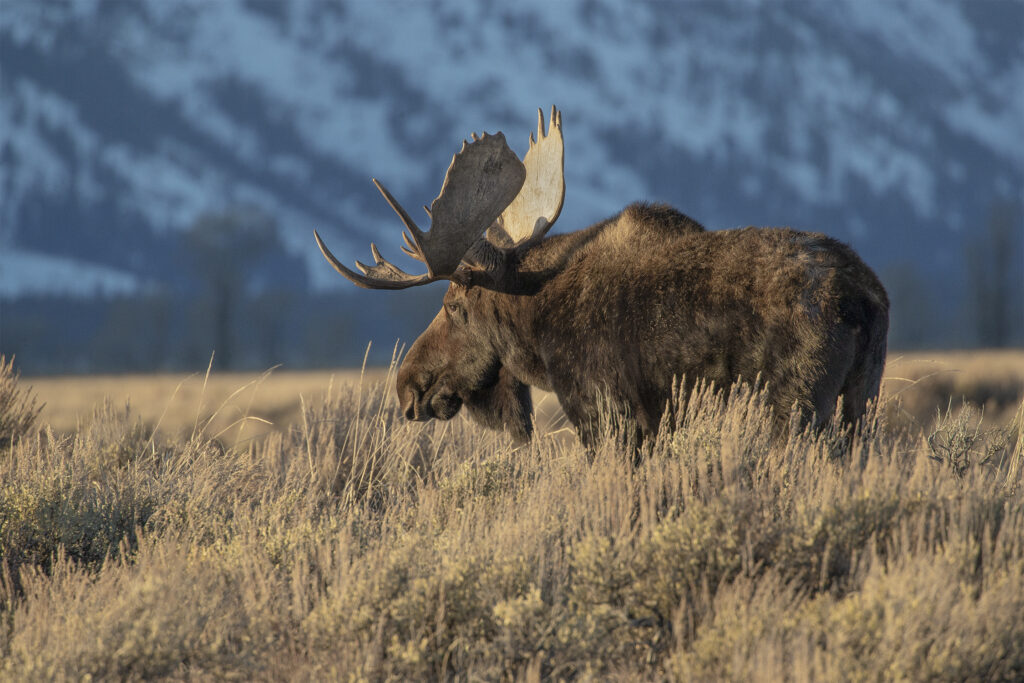
As alluring as it may seem to explore uncharted areas, sticking to established trails, walkways, and waterways helps protect people and wildlife alike. Hiking off trails and pathways can harm native vegetation and lead to erosion. Over time, trampling can decrease plant cover—building a domino effect that results in biodiversity loss. In the water, anchoring boats or swimming too close to coral reefs can damage or even destroy them. Stay mindful not to touch or accidentally kick corals you see in the ocean. And whether hiking or boating, keep food to yourself. Feeding wildlife can create an association between food and people, drawing wildlife (including those that spread disease) too close to people and vehicles—a hazardous scenario for all.
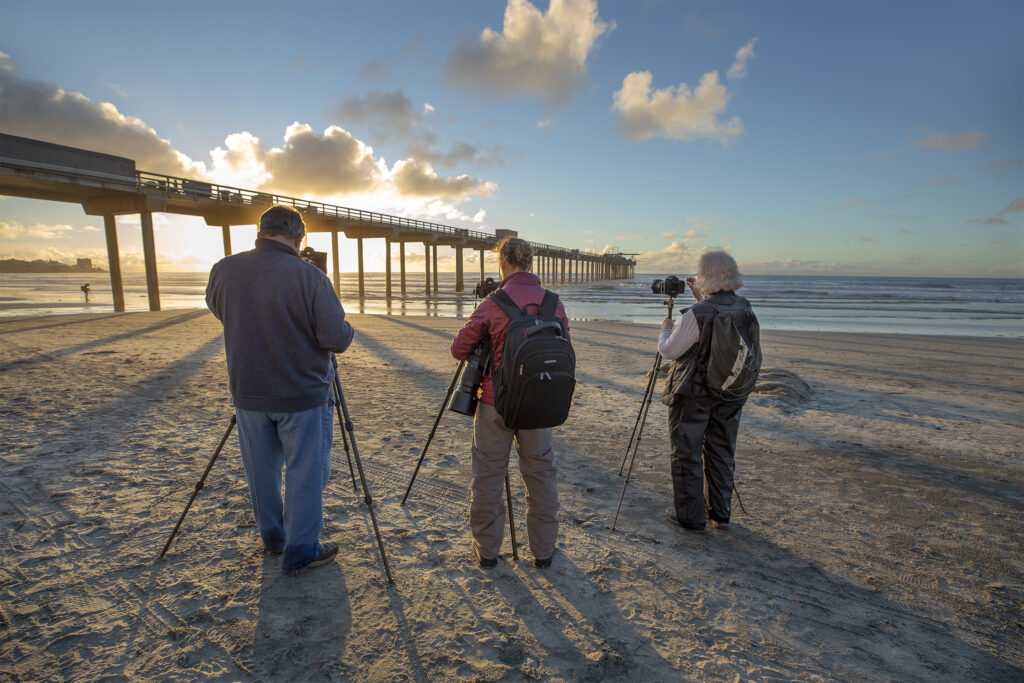
When creating memories with wildlife, it’s possible to get too close. Remember the bigger picture when taking photographs in nature—we are each one part of a greater ecosystem. Especially when attempting to take selfies near wildlife in their native habitats, remember that you are a guest in their space. While it may seem tempting to inch a little closer for the perfect shot, you’re responsible for your safety and for the safety of wildlife around you. If you are close enough to take a selfie with wildlife in their native habitat, you are too close. Instead, maintain a safe distance and use a zoom lens.
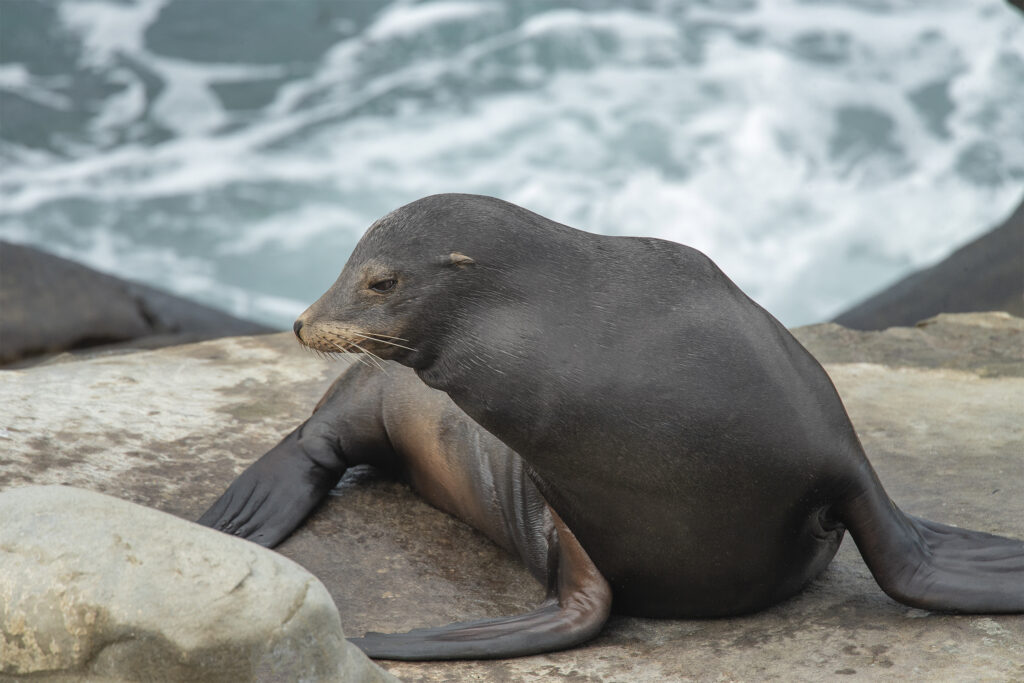
Some tourist attractions that allow people to take photos while holding or petting wildlife may have unethical practices behind them. Wildlife may have been obtained illegally, be kept in poor conditions, and have unnatural and unrealistic living conditions. While there are many wildlife tourist experiences with ethical practices, it’s best to ask questions before participating. When in doubt, stick with experiences offered by Association of Zoos and Aquariums (AZA)-accredited facilities that meet the highest standards for wildlife care and welfare.
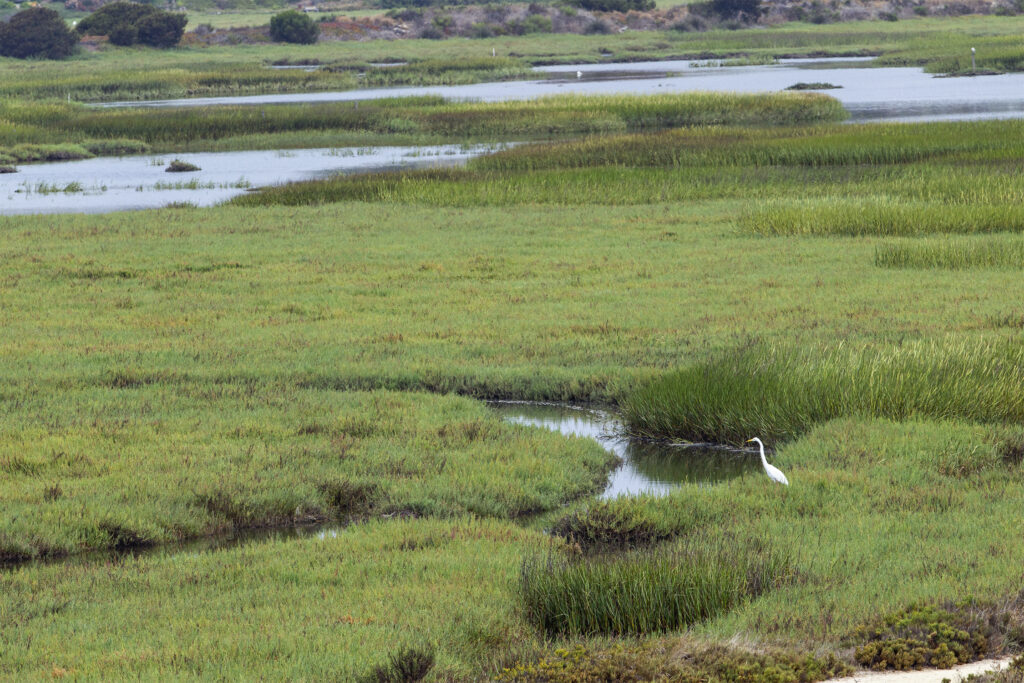
The good news is, when it comes to quantifying our experiences with nature, more is better! A 2021 international health study found that increased time spent in nature is associated with greater perceived value for and connection to nature and, subsequently, greater pro-environmental attitudes and behaviors. That means the more we get outside and experience nature, the more we’ll feel connected to and invested in the health of our planet. So, get out there and experience the incredible diversity of wildlife our world has to offer!
Discover other ways you're supporting a bright future for wildlife and ecosystems worldwide through our eight Conservation Hubs.




